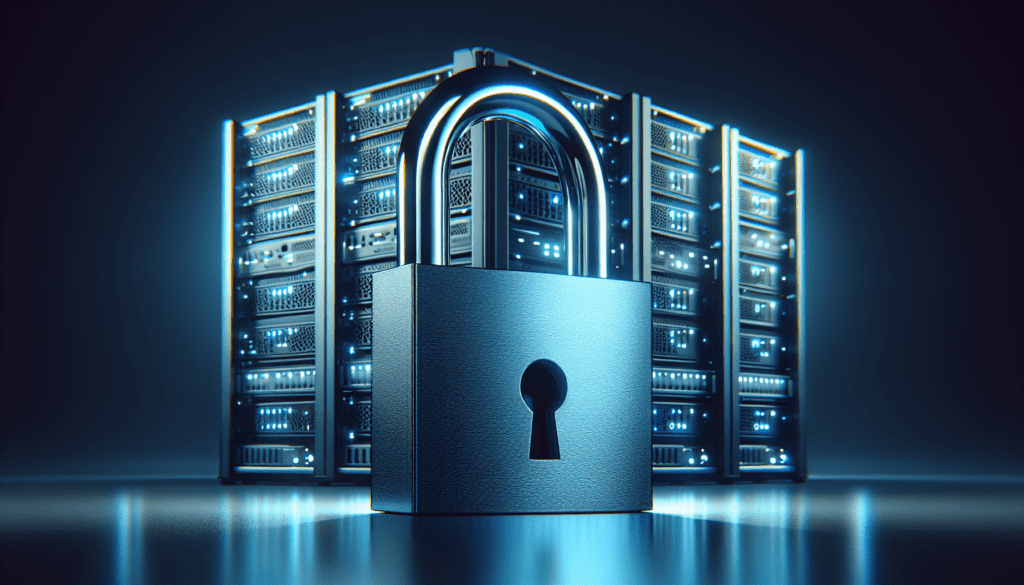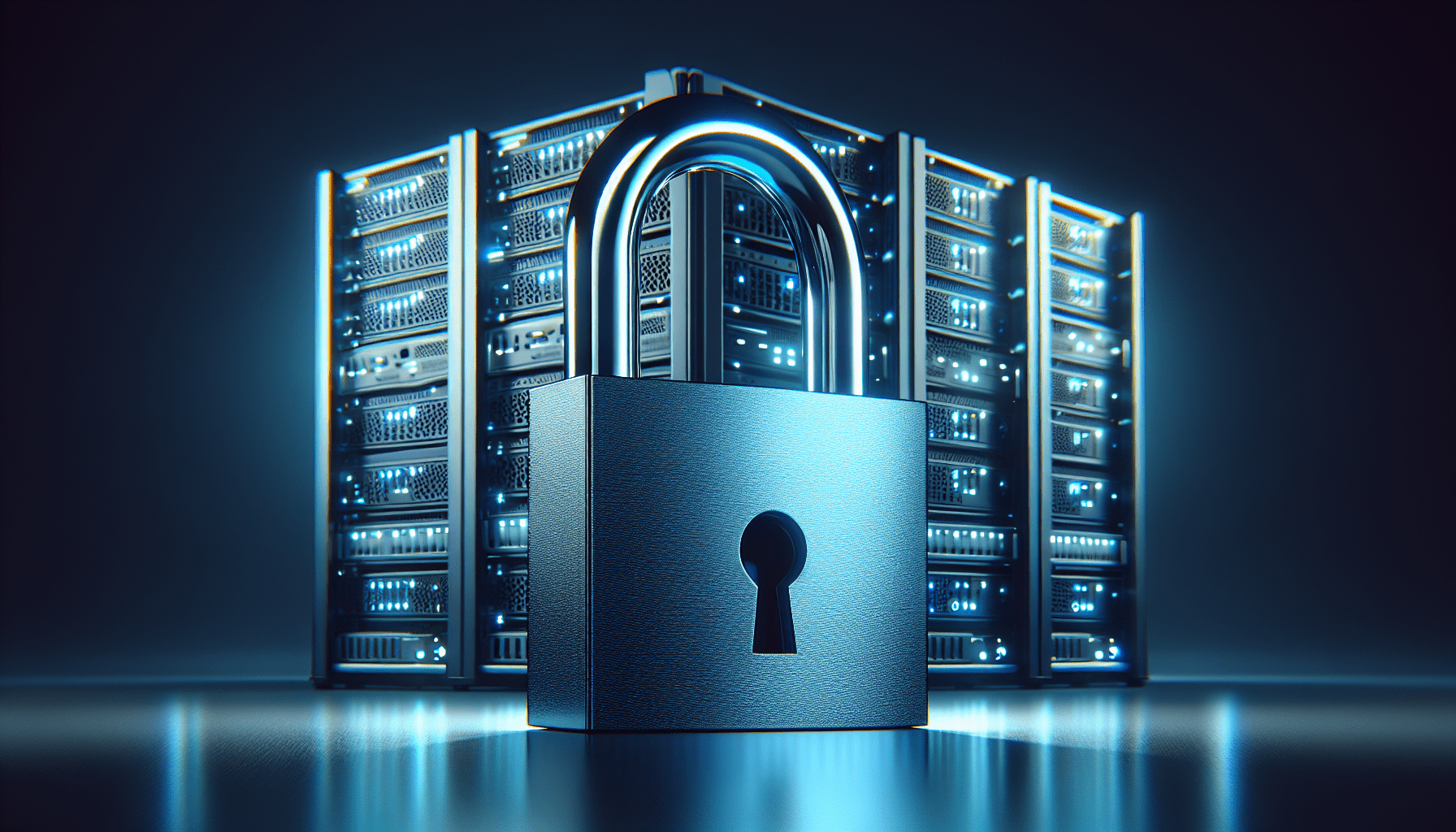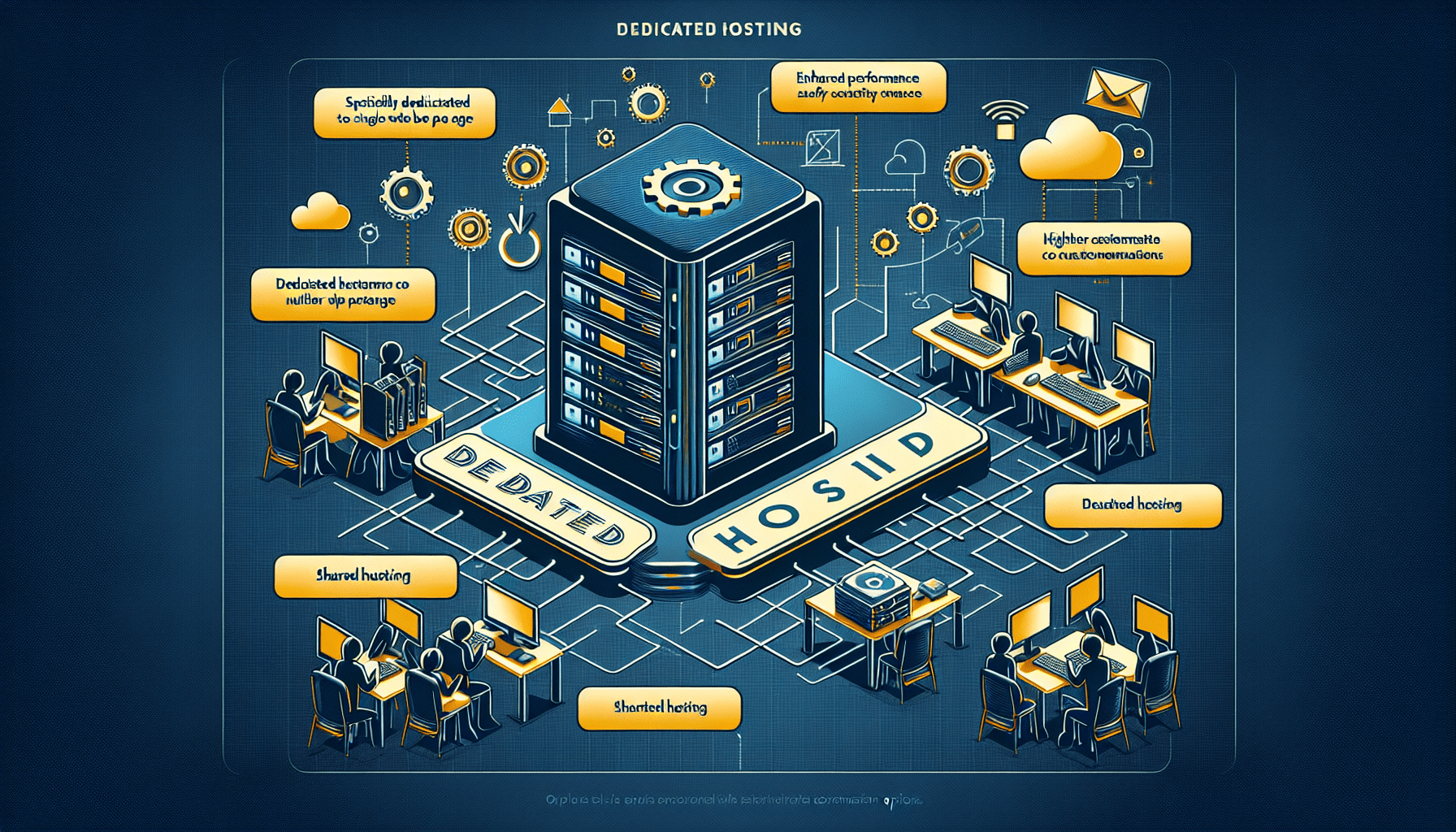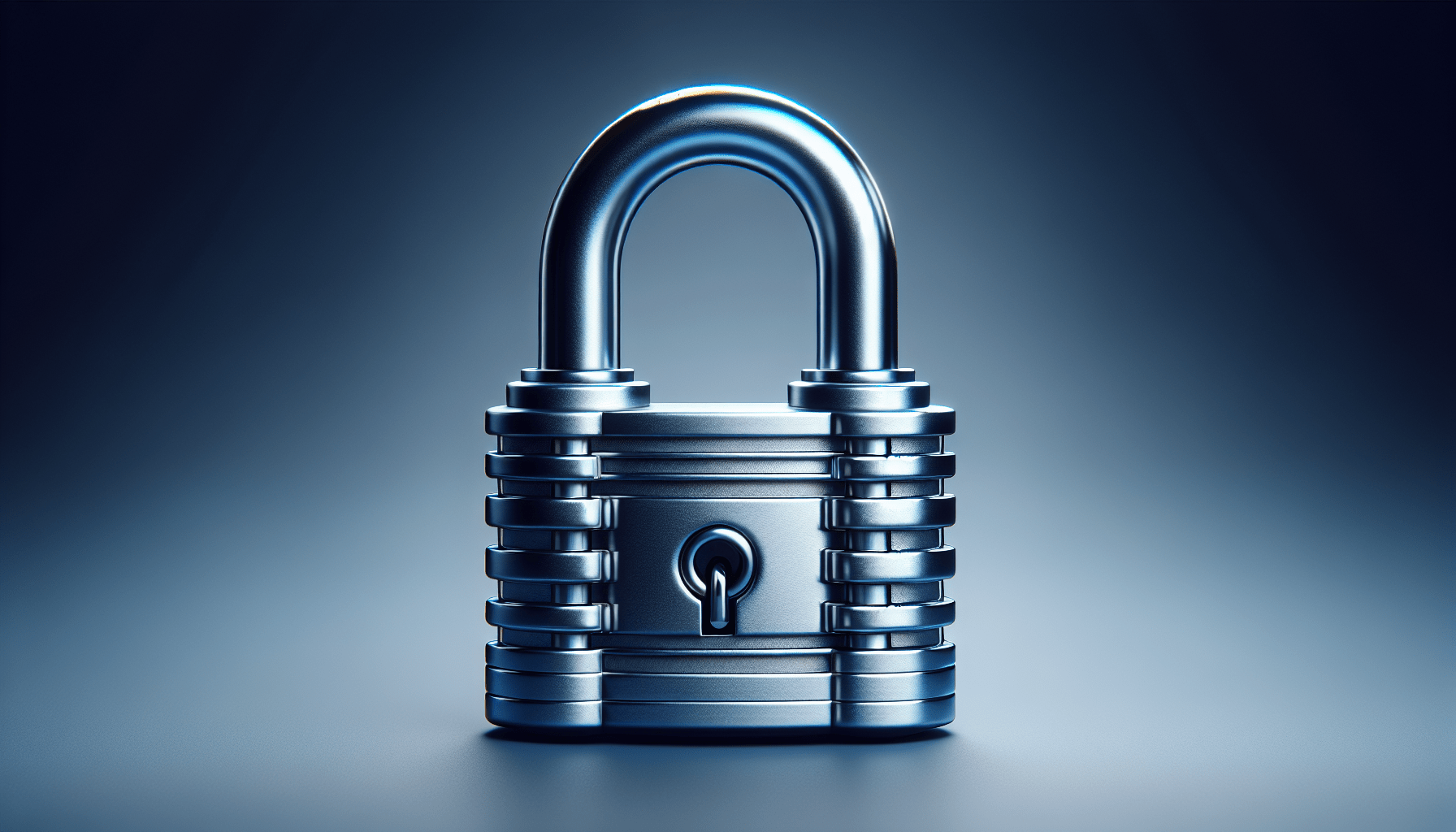Welcome to a comprehensive guide on the best practices for server hardening and securing sensitive data. In today’s digital world, safeguarding your data is more crucial than ever. By implementing proper server hardening techniques such as regular security updates, access controls, and encryption protocols, you can ensure that your sensitive information remains safe from cyber threats. This article will cover essential tips and strategies to protect your server and maintain the confidentiality of your data. So sit back, relax, and let’s dive into the world of server security together.
Best Practices For Server Hardening And Securing Sensitive Data
Have you ever wondered if your servers are truly secure and keeping your sensitive data safe? In this article, we will explore the best practices for server hardening and securing sensitive data to ensure that your systems are protected from potential threats.

Importance of Server Hardening
Before diving into the best practices for server hardening, let’s discuss the importance of this crucial security measure. Server hardening is the process of enhancing the security of a server by reducing its attack surface, eliminating unnecessary services, and applying security best practices. By hardening your servers, you can minimize the risk of unauthorized access, data breaches, and other security incidents.
Hardening Your Operating System
One of the first steps in server hardening is securing the underlying operating system. Ensure that your operating system is up to date with the latest security patches and updates. Disable unnecessary services and protocols to reduce the attack surface of your server. Implement strong password policies and enable firewalls to control incoming and outgoing traffic.
Implementing Access Controls
Access controls play a crucial role in server hardening. Limit user privileges to the minimum necessary for their role. Use role-based access control (RBAC) to assign permissions based on job responsibilities. Regularly review and audit user accounts to remove any unnecessary privileges. Monitor user activities and implement two-factor authentication for an added layer of security.
Securing Sensitive Data
Now that you’ve hardened your servers, it’s time to focus on securing your sensitive data. Whether you’re storing customer information, financial records, or proprietary data, protecting this sensitive information is paramount to your organization’s success and reputation.
Data Encryption
Data encryption is a fundamental security measure for protecting sensitive data. Encrypt data at rest using encryption algorithms to safeguard stored data from unauthorized access. Secure data in transit by using secure protocols such as HTTPS for web traffic, SSL/TLS for email communication, and VPNs for remote access. Utilize strong encryption keys and regularly rotate them to enhance security.
Database Security
Databases are often a treasure trove of sensitive information and must be properly secured. Implement access controls to restrict unauthorized access to databases and their contents. Regularly monitor and audit database activities to detect any suspicious behavior. Encrypt sensitive data stored in databases using encryption mechanisms such as Transparent Data Encryption (TDE) to prevent data breaches.
Secure File Storage
Protecting files containing sensitive data is crucial for maintaining data confidentiality and integrity. Secure file storage by using access controls to limit file access to authorized users. Implement file encryption for sensitive files to ensure that only authorized users can decrypt and access the data. Regularly monitor file access and audit file activities to detect any unauthorized attempts to access sensitive files.
Disaster Recovery and Backup
Despite your best efforts to secure your servers and data, there’s always a chance of a security incident or data loss. That’s why implementing a robust disaster recovery plan and regular backups are essential components of a comprehensive security strategy.
Disaster Recovery Plan
Develop a disaster recovery plan outlining the steps to take in the event of a security incident, data breach, or server failure. Identify critical systems and data that need to be restored first and establish recovery time objectives (RTO) and recovery point objectives (RPO) for each system. Test your disaster recovery plan regularly to ensure its effectiveness and make any necessary adjustments based on the results.
Regular Backups
Regularly backing up your data is a critical security measure to protect your organization’s sensitive information. Implement automated backup solutions to regularly backup your servers and data to secure offsite locations or cloud storage. Encrypt backup files to prevent unauthorized access to your sensitive data. Test your backups regularly to ensure that you can successfully restore data in the event of a data loss incident.
Monitoring and Incident Response
Proactively monitoring your servers and data for security incidents is essential for detecting and responding to potential threats in a timely manner. Implementing a robust monitoring system and incident response plan can help you identify security incidents and mitigate risks before they escalate.
Security Monitoring
Implement a security monitoring system that tracks and analyzes server activities, network traffic, and user behaviors for any signs of suspicious activity. Use intrusion detection systems (IDS) and intrusion prevention systems (IPS) to detect and block potential threats. Set up alerts for security incidents and anomalies to enable quick response and investigation.
Incident Response Plan
Develop an incident response plan that outlines the steps to take in the event of a security incident. Define roles and responsibilities for team members involved in incident response and establish communication channels for reporting and escalating security incidents. Conduct regular incident response drills and simulations to test the effectiveness of your response plan and identify areas for improvement.

Conclusion
In conclusion, securing your servers and sensitive data is a complex and ongoing process that requires a combination of technical measures, best practices, and policies. By following the best practices for server hardening, encrypting sensitive data, implementing access controls, disaster recovery, monitoring, and incident response, you can enhance the security of your systems and protect your organization from potential threats. Remember, security is a journey, not a destination, so stay vigilant, stay informed, and continuously adapt to emerging security threats to keep your servers and sensitive data safe.











